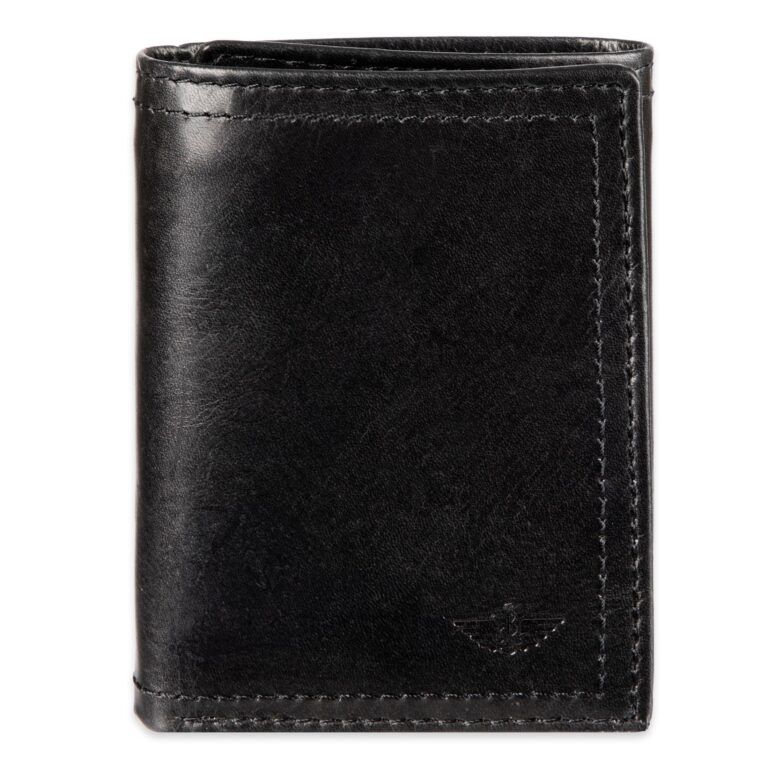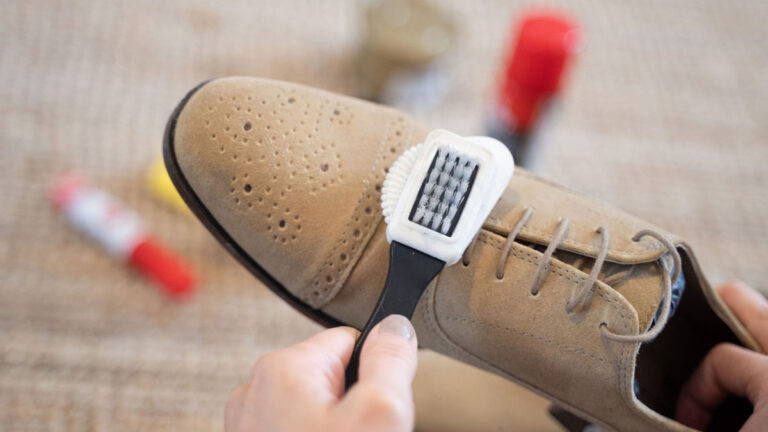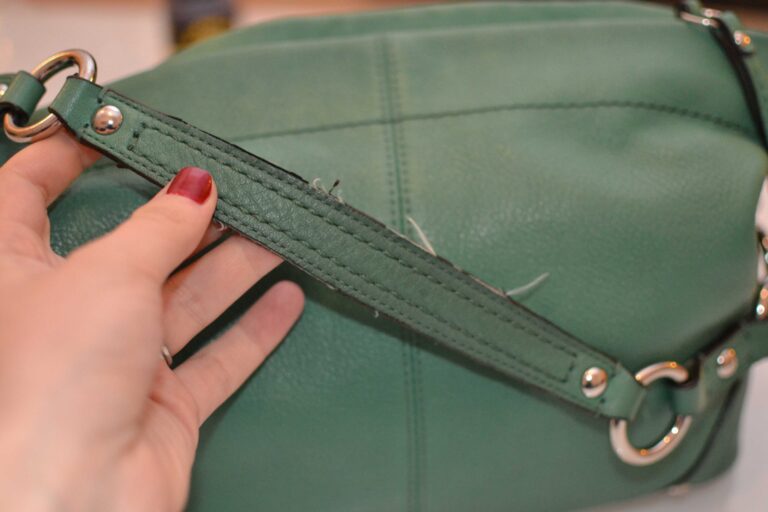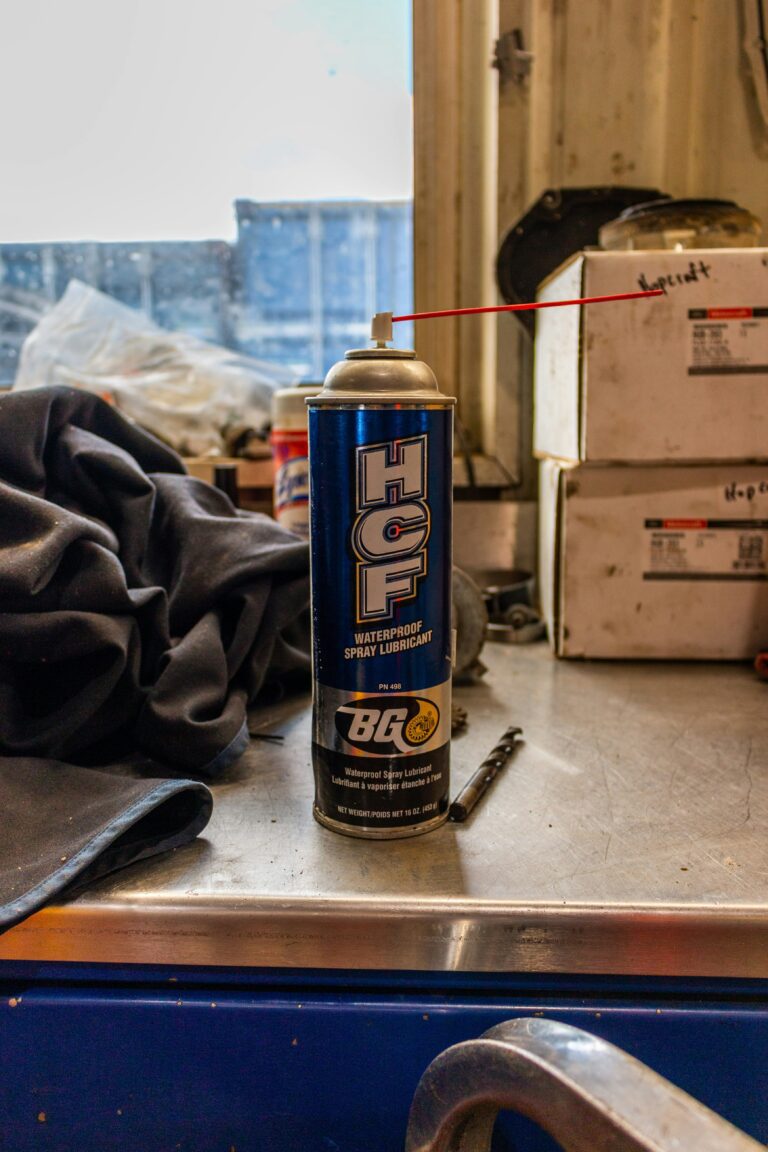Defy Leather Mishaps: Learn the Best Ways to Remove Oil from Shoes
Leather Jacket Maintenance
Understanding Leather Types
Leather jackets come in various types, each offering unique features and care requirements. Here are the common leather types found in jackets:
- Full-Grain Leather: Known for its durability and high-quality finish, full-grain leather is the uppermost layer of the hide. It’s breathable and ages beautifully but requires careful maintenance to preserve its characteristics.
- Top-Grain Leather: Slightly less durable than full-grain, top-grain leather is sanded and buffed to remove imperfections, resulting in a smooth surface. It offers a polished look but is less breathable.
- Genuine Leather: A lower quality leather made from leftover hide layers. It’s budget-friendly but doesn’t last as long as higher-end types.
- Suede Leather: Soft and textured, suede is made from the underside of the hide. It has a luxurious feel but is less durable and prone to staining.
- Nubuck Leather: Similar to suede but crafted from the outer layer of the hide, nubuck is durable and has a velvety texture. It’s prone to staining and requires special care.
- Patent Leather: Featuring a high-gloss finish due to its plastic coating, patent leather is eye-catching but less breathable and can be prone to cracking (Acroera).
For more information on leather care, you can visit our articles on why does leather crack and peel and how to wash leather jacket.
Leather Cleaning Basics
Proper cleaning is essential to maintain the quality and appearance of your leather jacket. Here are some basic tips for cleaning different types of leather:
- General Cleaning: Use a damp cloth to wipe down the leather regularly. This helps to remove surface dirt and prevent buildup.
- Stain Removal: For minor stains, use a mixture of water and mild soap. Dab the solution onto the stain with a soft cloth and blot gently. Avoid rubbing as it may damage the leather.
- Conditioning: Leather can dry out and crack over time. Apply a leather conditioner every few months to keep it supple. For tips on how to keep leather soft, check out how to soften hard leather.
- Drying: If your leather jacket gets wet, let it air dry naturally. Avoid using direct heat sources like hairdryers or radiators as it can cause the leather to stiffen and crack.
For tougher stains or delicate types like faux suede, specific techniques are required:
- Dry Cleaning: Use a soft brush or cloth to remove dust and dirt. For more persistent stains, spot cleaning with clear alcohol like rubbing alcohol or vodka can be effective.
- Mild Solvents: For tough stains, using mild solvents such as naphtha or paint thinner can be helpful. Always test any cleaning solution on a hidden area first to ensure it doesn’t damage the material (Fabricare Center Blog).
For additional guidance on particular stains or issues, you can explore our comprehensive range of articles like how to get oil out of leather, how to get water stains out of leather, and how to get scratches out of leather.
| Cleaning Method | Suitable For | Notes |
|---|---|---|
| Damp Cloth | General Cleaning | Removes surface dirt |
| Mild Soap Solution | Minor Stains | Blot, don’t rub |
| Leather Conditioner | Maintenance | Apply every few months |
| Dry Cleaning | Faux Suede | Use a soft brush or cloth |
| Mild Solvents | Tough Stains | Test on hidden area first |
By understanding the type of leather and following appropriate cleaning steps, you can extend the lifespan of your leather jacket and keep it looking its best.
Removing Oil Stains from Leather
Dealing with oil stains on leather can be challenging, but there are effective methods that can help you restore your leather to its former glory. Here are some tried-and-true techniques to remove oil stains from leather shoes.
Dish Soap Method
Using dish soap and warm water can effectively clean oil out of leather. This method involves the following steps:
- Mix a few drops of dish soap with warm water.
- Dampen a sponge or microfiber cloth with the soapy solution.
- Gently scrub the affected area in a circular motion.
- Use a clean cloth to wipe off any soap residue.
- Allow the leather to air dry completely before using.
| Step | Description |
|---|---|
| 1 | Mix dish soap with warm water |
| 2 | Dampen a sponge or cloth |
| 3 | Gently scrub the stain |
| 4 | Wipe off soap residue |
| 5 | Allow the leather to dry |
Vinegar and Water Solution
A vinegar and water solution can also break down and remove oil from leather. Follow these steps:
- Mix vinegar and water in a 1:1 ratio.
- Dip a soft cloth into the mixture.
- Apply the mixture to the stained area.
- Blot the area with a clean cloth and repeat as needed.
- Allow the leather to dry naturally.
Lemon Juice Technique
Lemon juice can effectively loosen oil stains on leather. Here’s how:
- Dab a small amount of lemon juice onto the stain using a cloth.
- Blot the area with a different clean cloth.
- Repeat the process until the stain is gone.
- Condition the leather to restore its natural oils.
Corn Starch Absorption
Corn starch is a natural absorbent that can draw out oil from leather. Use this method:
- Sprinkle a generous amount of corn starch on the oil stain.
- Let it sit for around 15 minutes.
- Brush off the powder with a soft cloth.
- Repeat if necessary until the oil is fully absorbed.
| Step | Description |
|---|---|
| 1 | Sprinkle corn starch on the stain |
| 2 | Let sit for 15 minutes |
| 3 | Brush off the powder |
| 4 | Repeat if necessary |
Baking Soda Paste
A baking soda paste can effectively clean oil out of leather. Follow these steps:
- Mix baking soda with water to form a paste.
- Apply the paste to the stained area.
- Rub gently in a circular motion.
- Wipe off the paste with a damp cloth.
- Repeat the process if needed.
| Step | Description |
|---|---|
| 1 | Mix baking soda with water |
| 2 | Apply paste to the stain |
| 3 | Rub gently in circles |
| 4 | Wipe with a damp cloth |
| 5 | Repeat if needed |
Removing oil stains from leather can be managed with these methods. It’s important to identify the type of leather you are working with to avoid potential damage. Always test a small, inconspicuous area first before proceeding. For more tips on how to remove stains from leather, check out our related articles.
Dealing with Water Stains on Leather
Leather is a durable and elegant material that can, unfortunately, be susceptible to water stains. These stains can mar the appearance of your cherished leather jacket. Understanding the causes of water stains, learning how to prevent them, and knowing how to remove them can help you keep your leather goods in pristine condition.
Causes of Water Stains
Water stains occur when water seeps into the leather’s pores and fibers. As the water evaporates, it leaves behind dissolved solids or impurities, resulting in visible staining. Factors such as the age and quality of the leather, as well as environmental conditions like humidity, can contribute to the likelihood of water stains (Eiken Shop).
Preventing Water Stains
Preventing water stains is all about proactive maintenance and proper care.
Maintenance Tips:
- Regular Cleaning and Conditioning: Regularly clean and condition your leather items to maintain their suppleness and resistance to environmental damage. Apply a suitable leather conditioner evenly and allow it to absorb (Acroera).
- Protective Products: Use water-repellent sprays and waxes to form a protective barrier on the leather surface, making it difficult for water to penetrate (Eiken Shop).
Storage Tips:
- Cool, Dry Place: Store your leather items in a cool, dry place away from direct sunlight and heat sources to prevent drying and cracking (Eiken Shop).
Removing Water Stains
If your leather item does get water stains, several methods can help you restore its original appearance.
Methods for Removing Water Stains:
- Blotting:
- Use a soft cloth to gently blot the water stain. Avoid rubbing, as it can spread the stain.
- Rewetting and Drying:
- Lightly moisten the stained area with a damp cloth. This can help redistribute the water content.
- Allow the leather to air dry naturally. Do not use direct heat sources like a hairdryer.
- Leather Conditioner:
- Apply a high-quality leather conditioner to the stained area. Follow the manufacturer’s instructions to allow proper absorption.
| Method | Ingredients/Tools Needed | Effectiveness |
|---|---|---|
| Blotting | Soft cloth | Mild stains |
| Rewetting and Drying | Damp cloth | Moderate stains |
| Leather Conditioner | Leather conditioner | Stubborn stains |
Taking proper care of your leather items can prevent and address water stains effectively. For more leather care tips, visit our articles on how to remove water stains from leather shoes and how to soften hard leather.
Faux Suede Care Tips
Faux suede, also known as vegan suede, provides a stylish and durable alternative to natural suede. However, it requires specific care to maintain its appearance and longevity. Here are some practical tips for cleaning and maintaining your faux suede items.
Cleaning Faux Suede
Faux suede is made from polyester microfibers and uses a polyurethane binder, which makes it tough and longer-lasting than natural suede (Fabricare Center Blog). Cleaning faux suede requires careful methods to avoid damage.
- Dry Cleaning:
- Use a soft brush or cloth to gently remove dirt and dust.
- Brush in one direction to keep the fibers looking uniform.
- Wet Cleaning:
- Spot clean with soapy water or diluted laundry detergent. Use minimal water to avoid soaking the material.
- For machine-washable items, use a delicate cycle with mild soap.
Spot Cleaning Techniques
Stains on faux suede can be particularly challenging. Spot cleaning with specific methods can help manage different types of stains effectively.
- Clear Alcohol:
- For tougher stains, spot clean using clear alcohol like rubbing alcohol or vodka. It’s effective in breaking down stubborn marks.
- Wisk Detergent and Rubbing Alcohol:
- For ink stains, mix Wisk detergent with rubbing alcohol and apply to the stain.
- Enzyme-Containing Detergents:
- For organic stains, enzyme-containing detergents work best. Always test the method on a hidden area first.
Tough Stain Solutions
When dealing with particularly tough stains on faux suede, more intense methods may be necessary. These methods should always be applied with care to avoid damaging the material.
- Mild Solvents:
- Mild solvents like naphtha or paint thinner can be used for persistent stains.
- Enzyme-Containing Detergents:
- Organic stains can be effectively treated with enzyme-containing detergents. Always ensure to test any cleaning method on a hidden spot first.
Best Practices Summary
| Cleaning Method | Suitable For | Tips |
|---|---|---|
| Dry Cleaning | General dirt and dust | Use a soft brush or cloth, brush in one direction |
| Clear Alcohol | Tough stains | Use rubbing alcohol or vodka |
| Wisk & Rubbing Alcohol | Ink stains | Mix and apply to stains |
| Enzyme-Containing Detergents | Organic stains | Test on a hidden area first |
| Mild Solvents | Persistent stains | Use naphtha or paint thinner carefully |
For more tips on maintaining your faux leather products, you can check out our guides on why does leather crack and peel and how to repair peeling faux leather bag.
Learn how to address specific issues like how to remove smell from leather jacket and explore other care tips related to various types of leather and faux leather articles.
Leather Jacket Care Mistakes
Avoiding common mistakes in leather jacket care is essential to maintaining the quality and longevity of the material. Here are key practices to keep in mind.
Avoiding Harsh Chemicals
Harsh chemicals can damage your leather jacket, stripping away natural oils and causing it to become dry and brittle. It’s important to avoid using products containing bleach, ammonia, or other strong cleaning agents. Instead, opt for leather-specific cleaners and conditioners designed to nourish and protect the material.
| Chemical | Effect on Leather |
|---|---|
| Bleach | Strips natural oils, causing dryness |
| Ammonia | Causes brittleness and damage |
| Alcohol-based cleaners | Dry out leather |
Internal resources such as our detailed guide on how to wash leather jacket can offer more insights on appropriate products and techniques. For extreme cases where professional help might be required, consult our resource on how to get stains out of leather.
Proper Drying Techniques
Drying a leather jacket correctly is crucial to prevent any damage. Never use direct heat sources such as hairdryers, radiators, or sunlight to dry your jacket. Excessive heat can cause the leather to shrink, crack, and become stiff. Instead, allow the jacket to air-dry at room temperature in a well-ventilated area.
Steps for Proper Drying:
- Gently blot any excess water with a soft cloth.
- Lay the jacket flat on a clean, dry towel.
- Reshape the jacket to its original form.
- Let it dry naturally in a cool, shaded area.
By following these steps, you ensure that your leather jacket retains its shape and suppleness. For specifics on avoiding water damage, explore our article on how to get water stains out of leather shoes.
Avoid These Common Mistakes:
- Soaking leather
- Using excessive water
- Exposing to direct sunlight
- Using heat sources for drying (Acroera)
For additional tips and advice on maintaining your leather goods, look at our page on why does leather crack and peel and how to soften hard leather jacket.
Research Insights on Leather Quality
Understanding the components and quality of leather is essential for both maintenance and purchase decisions. Here, we delve into the details concerning heavy metal content and chromium levels in different types of leather.
Heavy Metal Content in Leather
Leather products can contain various heavy metals, primarily introduced during tanning and dyeing processes. An analysis, as reported by NCBI, examined the presence of heavy metals such as arsenic, cadmium, chromium, copper, lead, and zinc in leather and artificial leather materials. These metals were extracted using an artificial acidic sweat solution and quantified using atomic absorption spectrometry.
| Metal | Leather Content (mg/kg) | OEKO-TEX Limit (mg/kg) |
|---|---|---|
| Arsenic | <0.1 | 1.0 |
| Cadmium | <0.5 | 0.1 |
| Chromium | >228.0 (lining and upper) | <2.0 (children) |
| Copper | 14.0 | 50.0 |
| Lead | <0.5 | 1.0 |
| Zinc | 120.0 | 150.0 |
Heavy metal content in textiles and artificial leather also aligns with OEKO-TEX standards, except for chromium in artificial leathers intended for children, highlighting potential health risks.
Chromium Levels in Different Leathers
Chromium is frequently used in leather tanning, giving rise to its significant presence. According to NCBI, chromium content in leathers considerably exceeded the limits set for children’s products. For instance, lining and upper leathers contained over 228.0 mg/kg of chromium III salts, against the limit of 2.0 mg/kg for children’s items and 200.0 mg/kg for other products.
| Leather Type | Chromium Content (mg/kg) | Limit for Children’s Products (mg/kg) | Limit for Other Products (mg/kg) |
|---|---|---|---|
| Lining and Upper Leathers | >228.0 | <2.0 | <200.0 |
| Artificial Leathers | Levels Exceeding OEKO-TEX | <2.0 | <200.0 |
This elevated chromium level highlights the need for careful consideration when selecting leather products, especially for vulnerable populations. Understanding these research insights can help you make informed decisions about leather care and product selection. For additional information on leather maintenance, explore our guides on why does leather crack and peel, how to soften hard leather jacket, and how to get scratches out of leather shoes.







